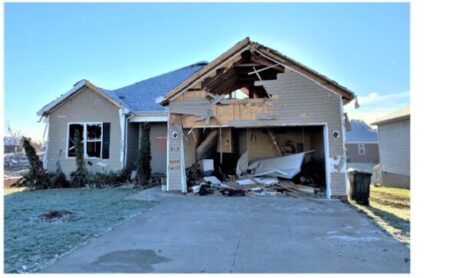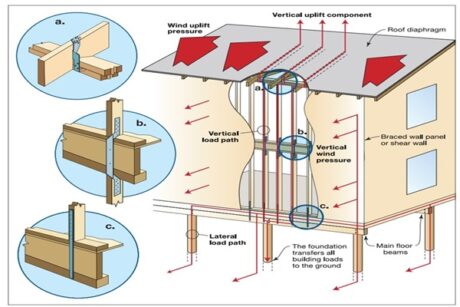- Course No.: E – 2046
- PDH Units: 3
No data found for Custom Course Number
No data found for Custom Course Units
Intended Audience: Civil & Structure Engineers.
PDH UNITS: 3
The objective of this course is to assist a licensed design professional, practicing structural engineers, forensic structural engineers, consulting engineers, building officials, educators, students or/and a licensed general contractor to deeply know, and understand the structural analysis, seismic design, detailing, and construct ability of diaphragms composed of steel beams and steel deck with concrete fill . The importance of this course lies in the fact that there are not a sufficient number of references dealing with this topic, so the course was designed to be a guide for the structural engineers. This course is intended especially for the practicing structural engineer, though it will also be useful for building officials, educators, and students. One of the most neglected elements in the design of buildings is the horizontal floor diaphragm and its interaction with the lateral load resisting systems. Most multi-story structures depend on the floor slab and roof systems to act as horizontal diaphragms to collect and distribute the lateral loads to the vertical framing members, which provide the overall structural stability. In steel structures, floor diaphragms are most commonly constructed using composite steel deck with concrete fill, although other systems may also be used. Somewhat surprisingly, given the importance of diaphragms to the overall building response, there is no universally agreed design procedure for determining the diaphragm actions and distribution into the seismic-resisting systems. In addition, the specific issues related to beam design for members collecting lateral loads in composite floor systems has gone largely undocumented.
Learning Objectives
At the successful conclusion of this course, you’ll be able to identify and discuss:- Gaining a general overview on the roles of diaphragms
- Gaining a general overview on the diaphragm components
- Gaining a general overview on the composite steel deck diaphragm analysis, behavior and design principles
- Gaining a general overview on the dynamic response of buildings and diaphragms
- Gaining a general overview on intended diaphragm performance
- Gaining a general overview on the diaphragm classification
- Familiarizing with building code provisions pertaining to diaphragms
- Understanding how to calculate building analysis and diaphragm forces
- Understanding how to determine of the design lateral forces
- Gaining a general overview on the diaphragms and discontinuities in the vertical system
- Learning about building modeling issues
- Familiarizing with the diaphragm analysis and internal component forces
- Familiarizing with component design
- Learning about detailing and construct ability issues
Course Reviews

- 5 stars1
- 4 stars0
- 3 stars0
- 2 stars0
- 1 stars0
Once completed, your order and certificate of completion will be available in your profile when you’re logged in to the site.
Ethics Courses

E – 1865 Engineering Ethics: The Cases of Challenger and Columbia Shuttle Disasters; “Hold Safety Paramount” to Prevent Loss of Lifeby Dr. Abolhassan Astaneh-Asl, Professor Emeritus. Ph.D., PE

E – 1726 New Mexico Administrative Code for Professional Engineers, Title 16, Chapter 39by Mr. D. Allen Hughes, PE











This course had great coverage of the issues that face engineers designing steel deck/concrete diaphragms. I very much enjoyed ...the review.
Read More